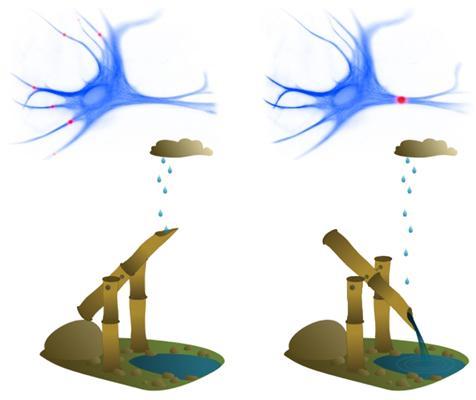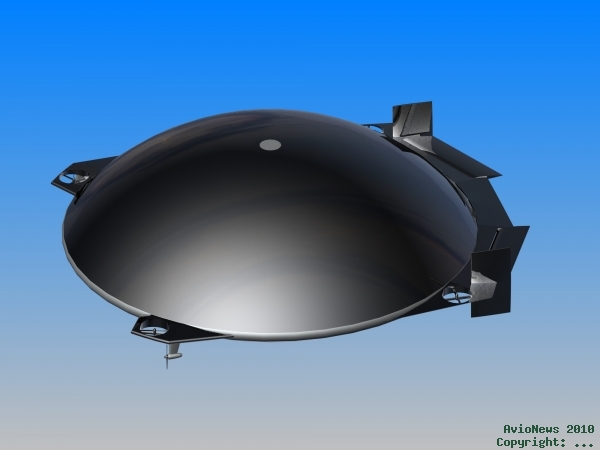
The shock waves caused as comets hit the early Earth could have helped promote the formation of amino acids and the early building blocks of life, say US researchers.
It is thought that amino acids and short peptides played a significant role in the chemical evolution that resulted in life on Earth, but researchers have historically disagreed on how these chemicals got here in the first place.
Researchers at the Lawrence Livermore National Laboratory and Stanford University have now run theoretical simulations of shock compressions that mimic the conditions created when a comet hits the Earth, which suggest that the ingredients for life on Earth could have been delivered from space.
Comets are made of dust, ice and compressed gases. The ice is predominantly water, but is also known to contain small molecules that promote bacterial growth - prebiotic molecules - such as carbon dioxide, ammonia and methanol.









